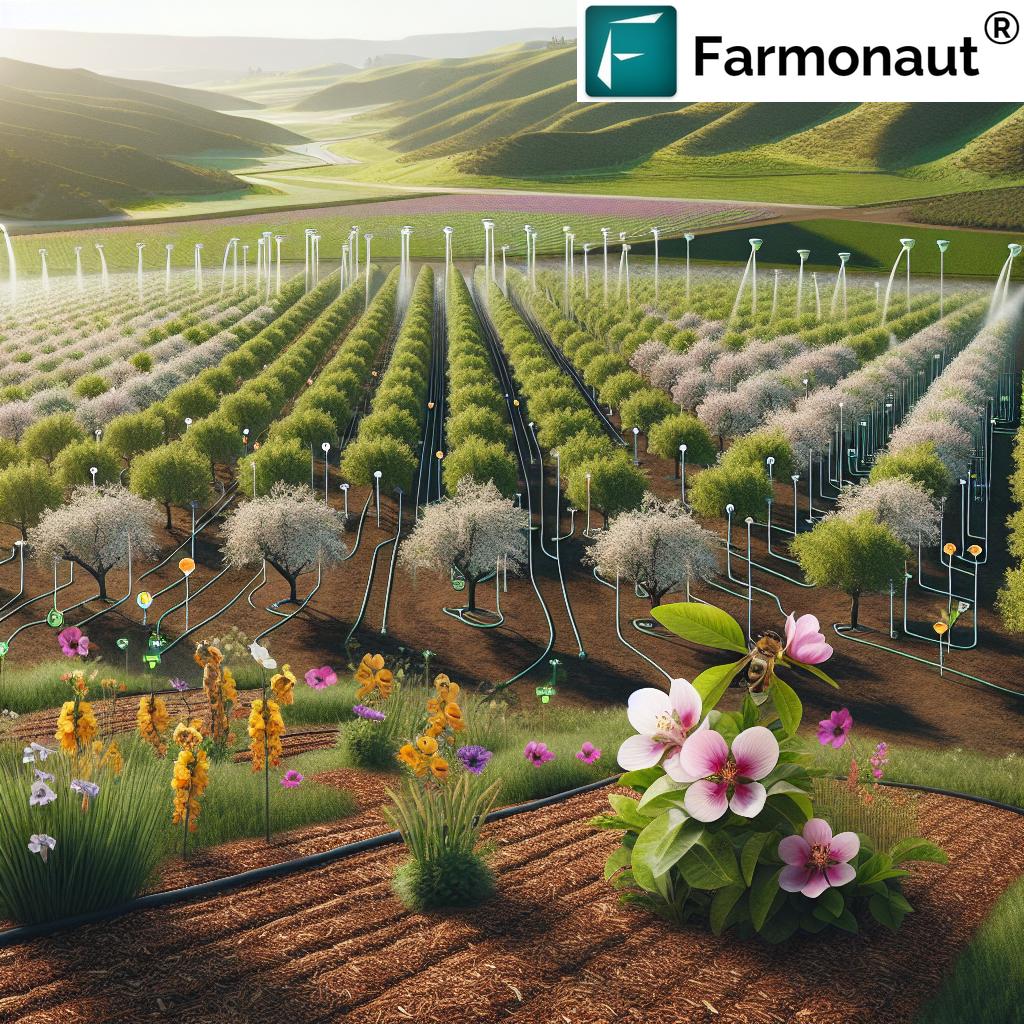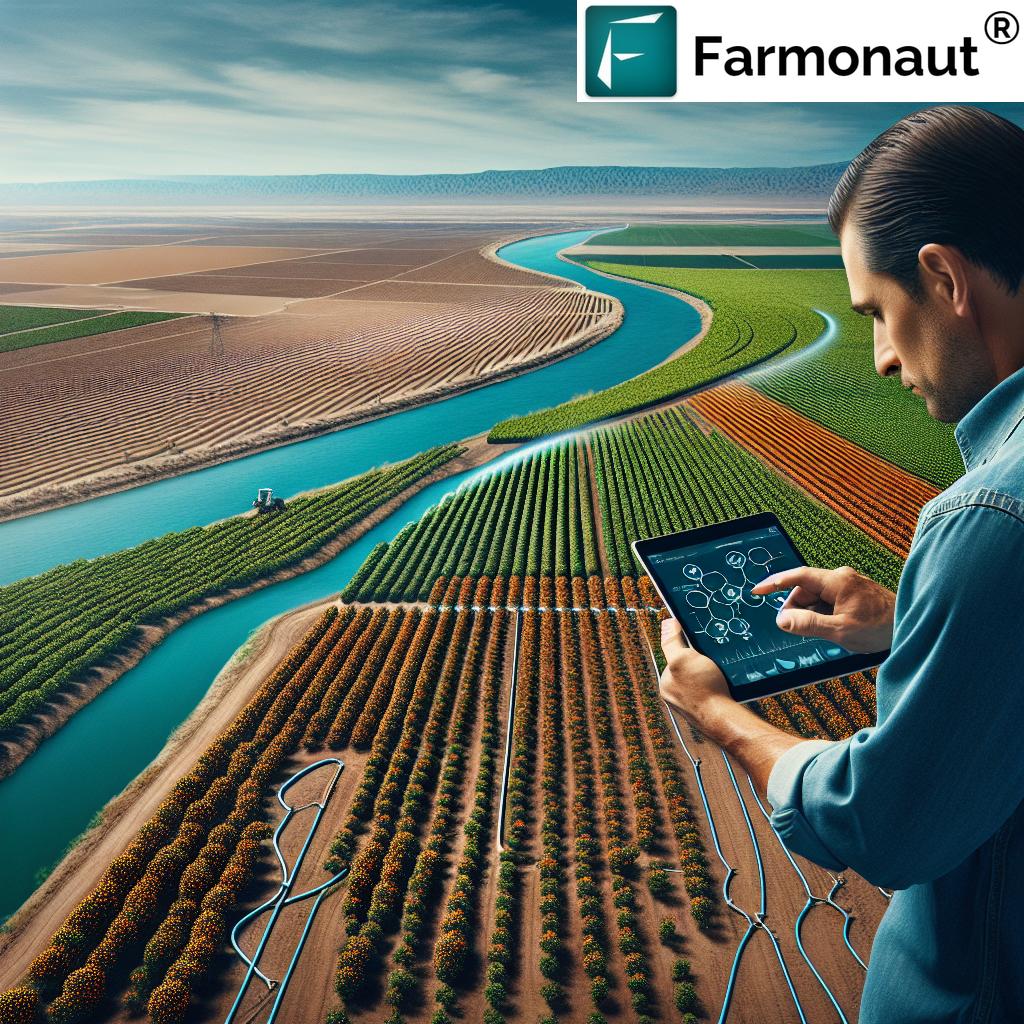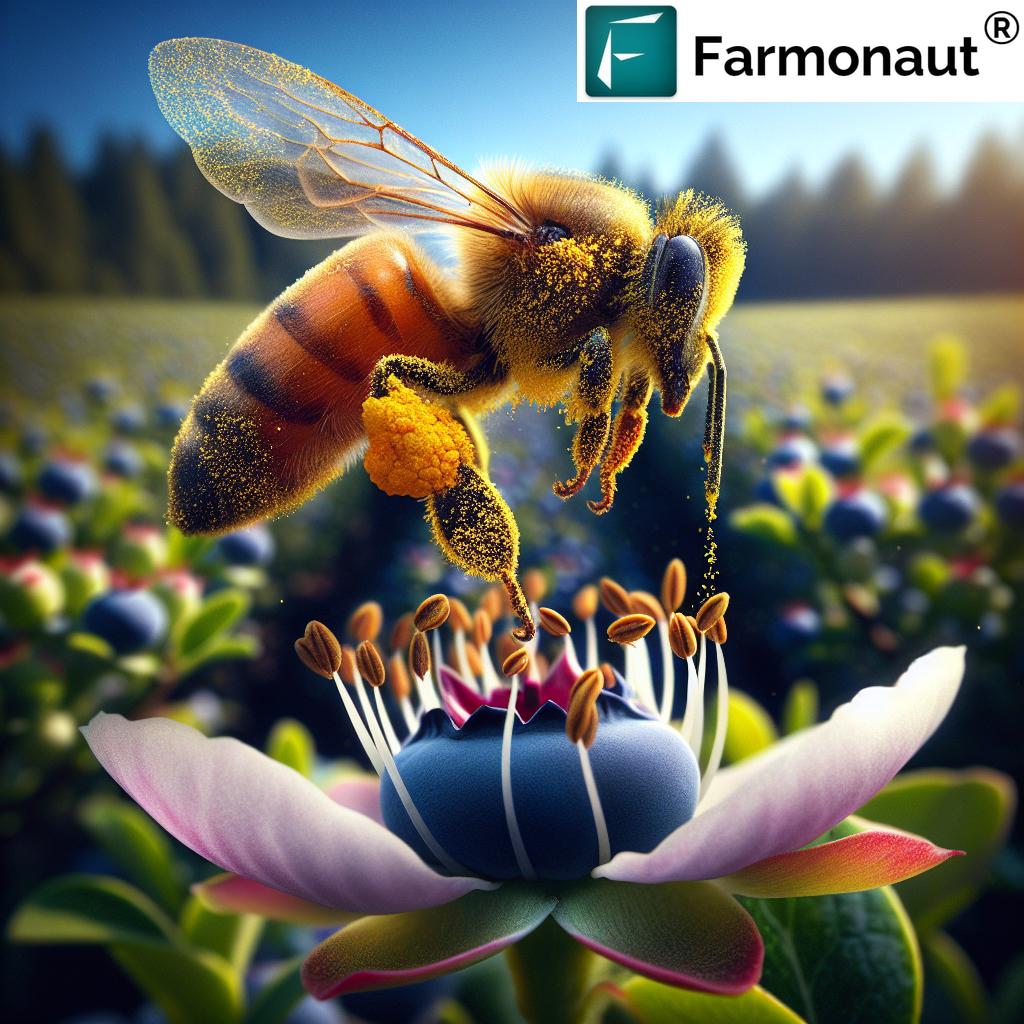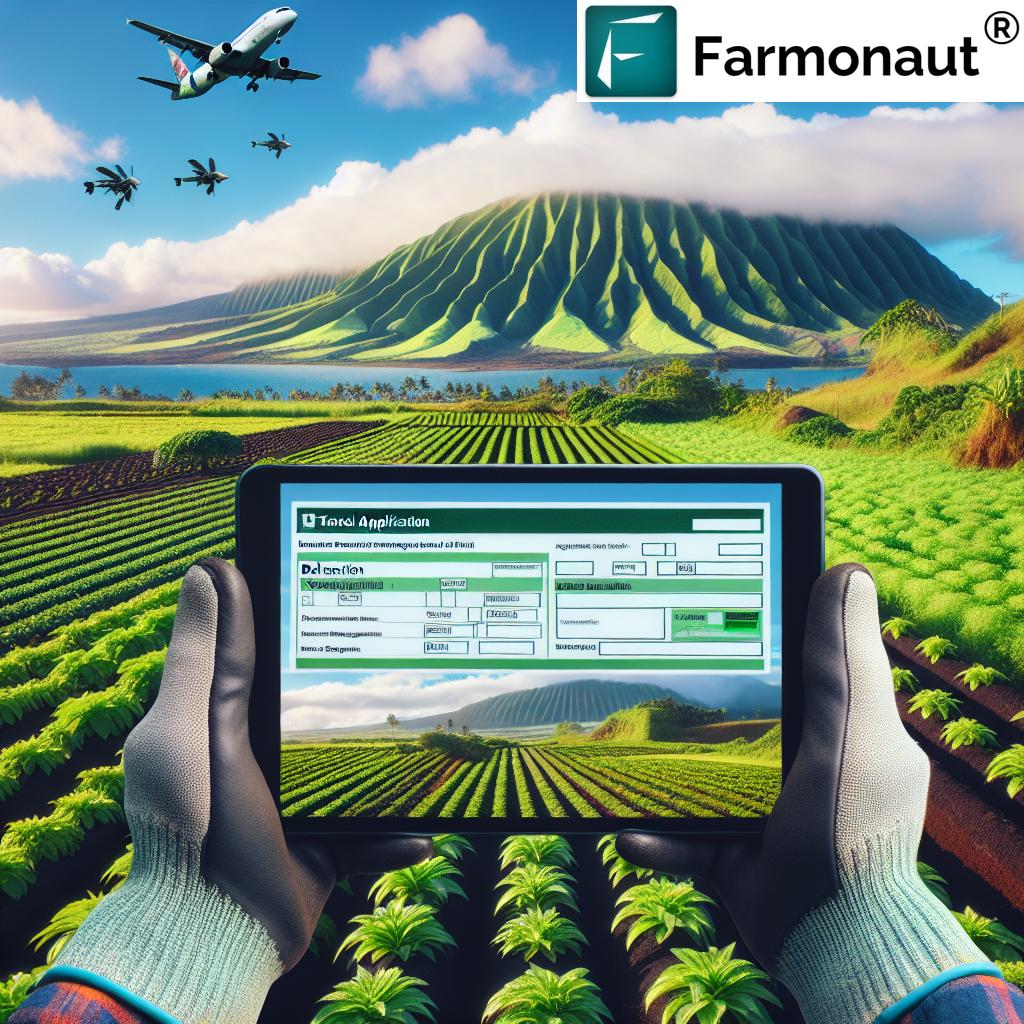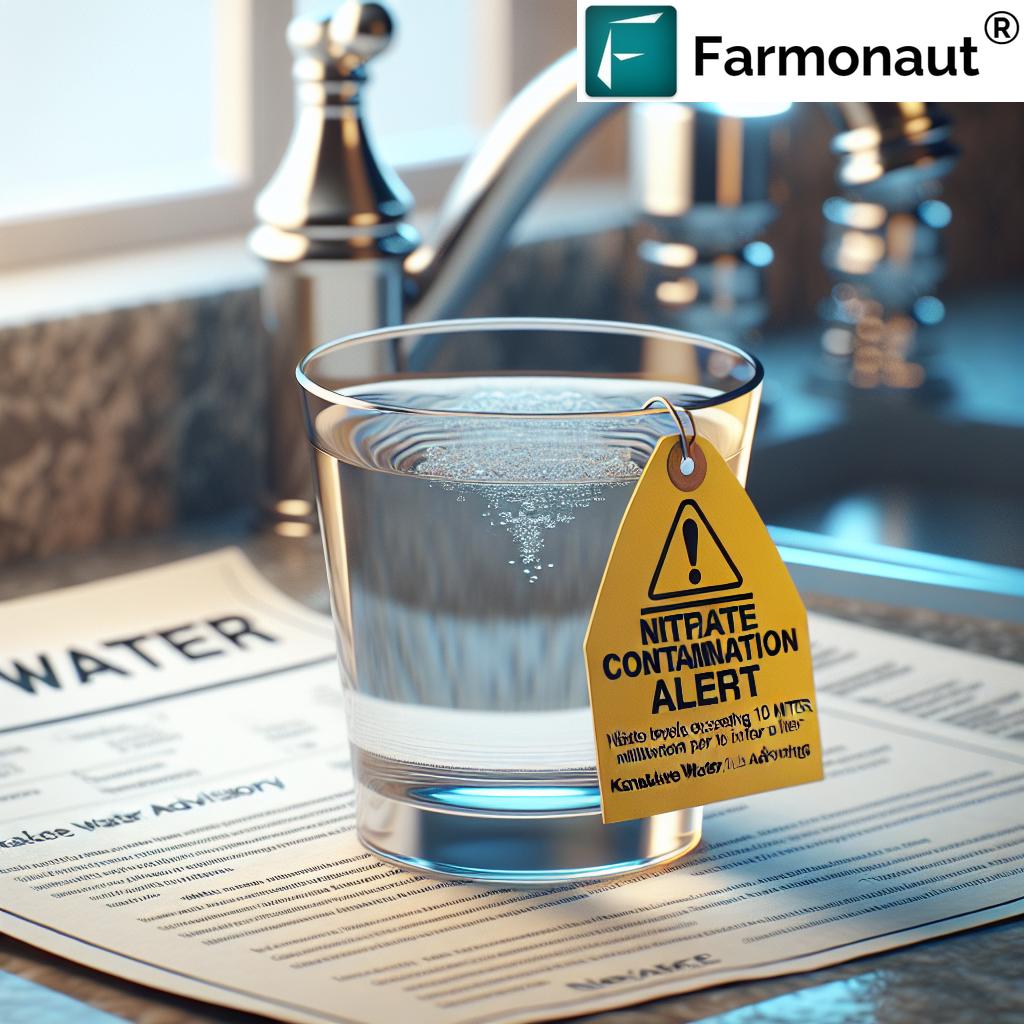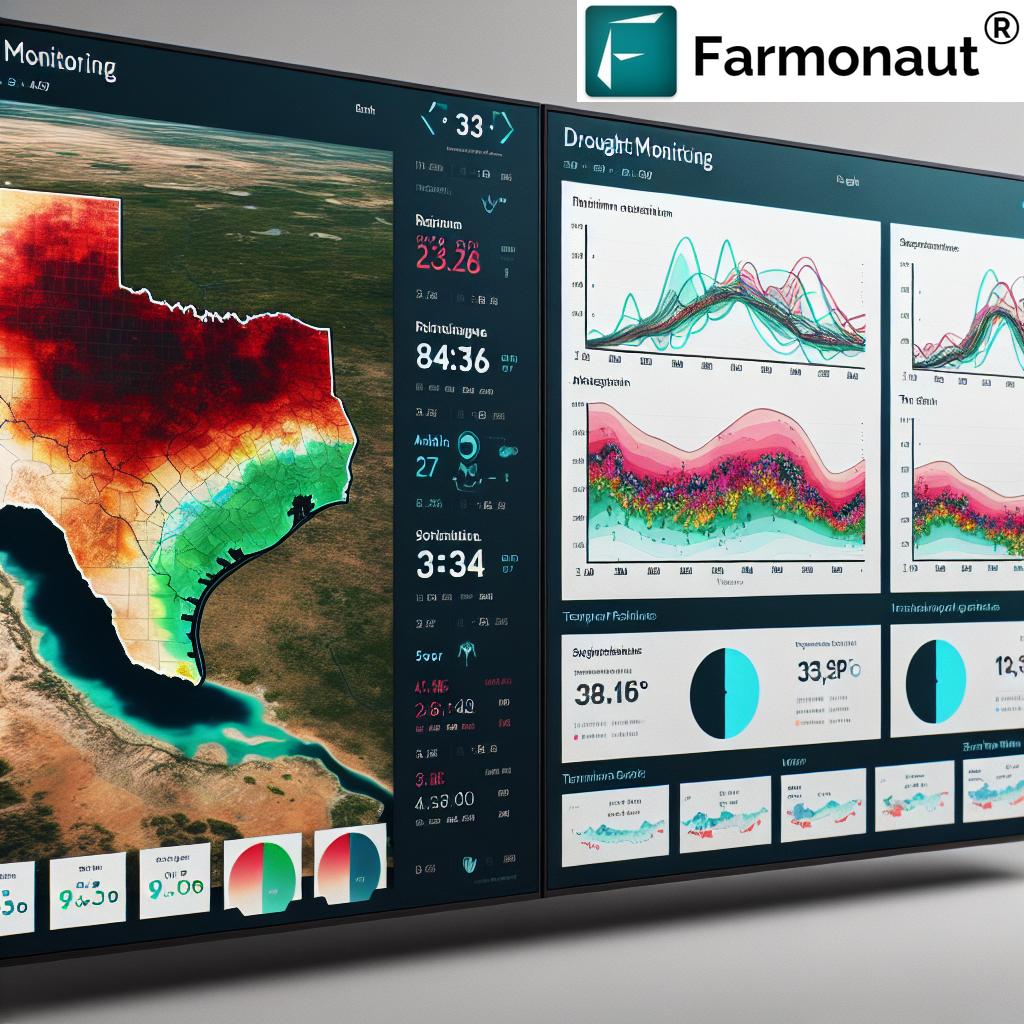Vertical Farming Solution & Lighting in USA: 2025 Trends
“By 2025, U.S. vertical farms are projected to use 70% less water than traditional agriculture through advanced lighting systems.”
Introduction: Transforming Agriculture for 2025 & Beyond
Vertical farming in the United States is not just a trend—it’s a movement that’s redefining agriculture, urban food supply chains, and job creation for a sustainable, high-tech future. As populations continue to surge and arable land becomes increasingly scarce, the search for a groundbreaking solution has never been more urgent.
In 2025, the vertical farming solution stands at the forefront of agricultural revolution, using advanced technology, innovative lighting systems, and sustainable practices to meet ever-growing food demands. This blog explores how these innovations are
- Boosting yield and efficiency with smarter systems, including CEA (controlled-environment agriculture)
- Minimizing environmental impact and reducing resource consumption
- Creating new jobs in vertical farming and supporting community growth
- Offering strong career pathways and technology-driven roles
- Meeting global sustainability standards and supplying locally sourced produce
Understanding Vertical Farming Solution & Its Benefits
Vertical farming solution refers to the practice of growing crops in vertically stacked layers, utilizing indoor environments such as dedicated skyscraper greenhouses, warehouse spaces, or repurposed urban buildings. What sets these systems apart is the integration of cutting-edge technology, monitored conditions, and smart use of artificial and natural resources to optimize every stage of crop production.
Key Features of Vertical Farming Systems
- Maximized Land Use: With traditional farming, the yield is limited by arable land availability. Vertical farming allows us to grow more food in the same footprint by building upwards.
- Controlled Environment Agriculture (CEA): CEA systems—which form the backbone of most vertical farms—regulate temperature, humidity, CO2, and light, ensuring plants experience optimal growth conditions year-round, regardless of seasonal or external weather fluctuations.
- Water Conservation: By 2025, data shows that vertical farms can reduce water consumption by up to 90% compared to traditional methods. Hydroponics and aeroponics (soilless growing techniques) recirculate water through closed systems, minimizing loss and increasing reuse.
- No Use of Harmful Pesticides: Enclosed indoor systems mean fewer pests and diseases, virtually eliminating the need for synthetic pesticides and herbicides.
- Sustainable Resource Management: By integrating AI, sensors, and remote monitoring, these solutions reduce waste, improve productivity, and minimize labor costs.
- Urban Accessibility: Vertical farming solutions can fit directly into urban spaces, providing fresh, locally sourced food, reducing transportation emissions, and addressing food deserts in large U.S. cities.
Vertical farming is increasingly vital in regions across the United States where populations are growing, farmland is shrinking, and the demand for sustainable agriculture solutions is accelerating.
Innovations in Vertical Farming Lighting Solution Market
One critical enabler for the success of the vertical farming solution is advanced lighting. The vertical farming lighting solution market in the United States is rapidly evolving, anchored by technological leaps that optimize both energy use and plant growth cycles.
Why Lighting is Central to Vertical Farming Success
- Artificial Lighting over Sunlight: Unlike traditional agriculture, which relies on natural sunlight, vertical farms depend mostly on sophisticated artificial LED lighting systems to simulate optimal light conditions for various crops.
-
LED Dominance: By 2025, LEDs dominate the vertical farming lighting solution market due to their:
- High energy efficiency and low operation costs
- Customizable light spectra that can be tuned for specific plants at each growth stage (seedling, vegetative, flowering)
- Low heat emission, allowing lights to be placed very close to crops and further maximizing available space
- Tunable, Full-Spectrum Lighting: New advancements include tunable LEDs that let growers dynamically adjust wavelengths and light intensity throughout the plant’s lifecycle, thereby accelerating growth, improving crop yield, and even enhancing nutritional value.
- AI & Smart Sensors: AI-driven lighting systems analyze real-time plant and environmental data, autonomously adjusting lighting schedules to maximize efficiency and minimize energy consumption.
- Wireless Lighting Integration: Wireless lighting networks and smart sensors enable centralized, remote monitoring—helping reduce labor, cut operational costs, and deliver actionable insights via platforms like those ours at Farmonaut offer.
The future of lighting solutions in vertical farming promises even greater efficiency, supporting both resource conservation and high-yield crop cycles.
Comparative Technology Impact Table: Vertical Farming Technologies 2025
As the United States moves toward widespread adoption of the vertical farming solution, several technologies are coming to the forefront. Here, we compare leading solutions on sustainability, energy savings, yield improvement, and job creation potential.
| Technology Type | Estimated Energy Reduction (%) | Estimated Yield Increase (%) | Sustainability Score (1-10) | Jobs Created (Estimated per Facility) |
|---|---|---|---|---|
| Full-Spectrum Tunable LED Lighting | 65–80% | 25–35% | 9 | 20–50 |
| Hydroponics Systems | 60–70% | 30–50% | 8 | 25–60 |
| Aeroponics Systems | 70–90% | 40–60% | 10 | 30–70 |
| Wireless & AI-Integrated Lighting Networks | 75–85% | 20–30% | 9 | 15–40 |
| Automated Robotics & Monitoring | 50–70% | 20–40% | 9 | 10–30 |
| Traditional Indoor Fluorescent Lighting | 25–45% | 10–20% | 6 | 5–10 |
Note: Data reflects industry estimates for 2025 and actual results will vary based on facility size, crop type, and local conditions. For best results, combining multiple technologies—such as smart LED lighting with hydroponics and AI-driven monitoring—yields compounded efficiency and sustainability gains.
The Landscape of Vertical Farming in USA
The United States sits at the epicenter of global vertical farming innovation. Here, emerging metropolitan ecosystems and urban farms are not merely a trend—they represent a transformation in how we think about food supply, urban planning, and the agricultural sector as a whole.
Urban Centers: Redefining Local Food Supply Chains
- Major cities like New York, Chicago, Los Angeles, and San Francisco have seen a proliferation of commercial and research-driven vertical farms, targeting both premium youth drivers and underserved communities.
- Urban farming solutions are increasingly adopted within city limits—on rooftops, in converted warehouses, and even within repurposed office blocks—bringing the farm to the heart of the city and reducing the distance food travels from producer to plate.
- Reduction in Food Deserts: By strategically placing vertical farming facilities in areas lacking fresh produce, cities can address food insecurity and ensure healthy nutrition for growing populations.
- Environmental Impact: Vertical farming in the USA is helping meet global environmental goals—reducing emissions, minimizing waste, and supporting carbon footprinting initiatives that track, report, and lower agricultural emissions.
- Government Support & Private Investment: Federal and local governments offer research grants and infrastructure incentives, sparking interest from investors and entrepreneurs keen to tap into the growing vertical farming solution market.
- Crop Diversity: Vertical farms now produce everything from leafy greens, herbs, and microgreens to strawberries and tomatoes—with new trials underway for root vegetables and medicinal plants.
Example Tech-Driven Benefits
- Blockchain Traceability: Modern vertical farms are integrating blockchain-based traceability solutions for food safety, quality assurance, and transparency to consumers.
- IoT & Data Analytics: Remote sensors and cloud-based monitoring systems—like those offered via Farmonaut’s satellite data platform—streamline crop health assessments.
- Resource Management: Integrated fleet and equipment management ensures optimal logistics and equipment use in large-scale urban vertical farms.
“Vertical farming in the USA could create over 15,000 new tech-based agriculture jobs by 2025 thanks to innovation-driven growth.”
Vertical Farming Future: Sustainable Food Systems
The future of vertical farming in the United States is exceptionally promising. By 2025 and beyond, these advanced systems look set to occupy a vital position in national and global food security strategies—both by increasing yields and addressing the environmental challenges of traditional agriculture.
Integrating Sustainability at Every Level
- Renewable Energy Integration: Solar, wind, and other renewable energy sources are increasingly being used to create energy-neutral or even energy-positive farms, reducing operational costs and achieving sustainability goals.
- Resource-Efficient Ecosystems: Many vertical farms are adopting hydroponic, aeroponic, and aquaponic systems, which allow for minimal water use, high yield per square foot, and near-elimination of environmental run-off.
- Reducing Carbon Footprint: By producing food right where it’s consumed and employing cutting-edge carbon tracking, vertical farms lower emissions associated with supply chains, packaging, and waste.
- Smart Automation: Robotics, AI, and IoT systems optimize labor efficiency, monitor plant health, and ensure higher accuracy in nutrient and water delivery. The combined effect is to continually drive down costs while boosting quality and output.
- Global Food Security: As populations rise and land use tightens, the vertical farming future provides safe, secure, and resilient food systems that are less vulnerable to pests, disease, climate variability, and geopolitical disruption.
- Farm Finance & Insurance: Innovations are even transforming farm-backed financial products, as data from companies like Farmonaut supports loan and insurance verification using satellite-driven analytics and AI-based monitoring.
Jobs in Vertical Farming: Opportunities & Growth by 2025
The vertical farming solution market is not only transforming agriculture—it’s reshaping the U.S. job landscape. The sector is expected to generate more than 15,000 new technology-driven jobs by 2025, from skilled farming and horticulture roles to high-demand tech, engineering, and management positions.
Roles and Skills in Demand
- Vertical Farm Technicians: Specialists in managing crop health, lighting systems, environmental controls, and nutrient dosing.
- Data Analysts & System Engineers: Experts in leveraging AI and IoT data to optimize yield, monitor environmental impact, and streamline operations.
- Robotics and Automation Engineers: Responsible for the installation, maintenance, and programming of automation infrastructure within vertical farms.
- Supply Chain Managers: Professionals skilled in logistics, inventory, and minimizing food miles through local vertical farming.
- Environmental and Sustainability Officers: Ensuring standards for water use, waste, emissions, and ethical sourcing are met or exceeded.
- Sales, Marketing, and Traceability Professionals: Communicating the value of locally sourced, traceable, and sustainable produce to retailers and the public.
- Educators and Training Program Managers: With vertical farming’s rapid growth, more universities, colleges, and trade schools are offering certifications and degrees focused on controlled-environment agriculture, plant science, and agri-tech.
Job Growth Drivers
- Continued innovation in energy and resource efficiency
- Government and private investment in U.S. vertical farming infrastructure
- Expanding market share for locally sourced, premium, and sustainable produce
- Growing need for data-driven decision-making in agriculture
- Integration of advanced lighting solutions and environmental controls
How Farmonaut Supports Smart Agriculture Systems
At Farmonaut, we focus on empowering vertical farming in the USA—and globally—by making satellite technology, AI, and advanced data analytics both affordable and actionable for farms, businesses, and government agencies.
Our Core Solutions for the Vertical Farming Sector Include:
- Real-Time Satellite Monitoring: We provide remote satellite-based health checks of crops, water conditions, and land usage, helping growers spot issues, maximize efficiency, and enhance their yield while reducing labor and input costs.
- AI-Based Advisory Systems: Our Jeevn AI Advisory System delivers customized climate and crop insights, offering tailored lighting and growth recommendations—even integrating weather forecasts for risk mitigation.
- Blockchain-Enabled Traceability: We enable producers to verify the authenticity and sustainability of their produce through blockchain tracking, assuring both buyers and regulators of food origin and quality.
- Fleet and Resource Management: We help optimize farm machinery, vehicles, and workforce using remote tracking tools, boosting productivity while minimizing resource waste.
- Environmental Monitoring and Carbon Tracking: Our carbon footprint monitoring enables vertical farms to accurately assess and report environmental impact for compliance and market differentiation.
- Farm Finance & Verification: We support banks and insurers with services for crop loan and insurance applications using AI-assisted satellite verification (learn more), reducing fraud and streamlining farm financing.
Integration for All Sizes
Farmonaut’s modular platform serves everyone from individual growers to large-scale corporate clients. With API and mobile/web app access (access here | API access), you can manage operations, view analytics, and ensure compliance—anytime, anywhere.
Developers: Explore our API developer docs for integration or custom software solutions for vertical farming operations.
Summary: The Role of Vertical Farming Solution in 2025 & Beyond
As the world enters 2025, vertical farming solutions represent a cornerstone for sustainable food production in the United States and beyond. Through:
- Advancement in smart lighting systems,
- Data integration and AI-driven agriculture,
- Real-time monitoring of crop and resource health,
- Efficient water and energy use,
- Locally sourced produce reducing reliance on distant supply chains, and
- Job creation in technology, sustainability, and urban farming,
vertical farming delivers on the promise of feeding a growing population without sacrificing environmental or economic stability.
Facilities now foster innovation, education, and sustainability—helping the United States maintain a leadership position in global agriculture. The blend of smart solutions, engaged professionals, and technology-powered systems ensures vertical farming in the USA continues to evolve as a true solution for the future of food.
Next Steps: Getting Involved with Smart Farming Solutions
- Companies and growers: Explore how you can benefit from large-scale farm management tools and real-time monitoring apps.
- Technologists and educators: Check out resource management modules and plantation/forest advisory solutions for integration in teaching and research environments.
- Public agencies: Leverage affordable, scalable environmental monitoring and compliance documentation.
FAQ: Vertical Farming Solution & Lighting in the USA
-
What is vertical farming?
Vertical farming is the practice of growing crops in vertically stacked layers within controlled environments, using artificial lighting, hydroponics, aeroponics, and advanced monitoring to maximize yield and resource use efficiency.
-
How does advanced lighting impact vertical farming in the USA?
Advanced lighting—especially LED systems—increases energy efficiency, accelerates crop cycles, enables precise growth control, and supports sustainability by reducing resource consumption in vertical farms.
-
What crops are commonly grown in U.S. vertical farms as of 2025?
Leafy greens, herbs, microgreens, strawberries, tomatoes, and, increasingly, root vegetables and specialty crops tailored for urban markets.
-
Does vertical farming reduce water usage?
Yes, vertical farming systems using hydroponics or aeroponics can reduce water usage by up to 90% compared to traditional open-field agriculture.
-
What are the job prospects like in vertical farming in the USA?
Very strong—jobs range from technicians and agronomists to data analysts, robotics engineers, and sustainability officers. The sector is projected to create over 15,000 new tech-driven jobs by 2025.
-
How does Farmonaut support vertical farming operations?
We provide satellite-based crop monitoring, AI advisory, blockchain traceability, and resource management tools accessible via app or API—helping farms of all sizes achieve greater efficiency, transparency, and sustainability.
-
Where can I find more information and tools for starting or improving a vertical farm?
You can access resources, monitoring tools, and integration options through our web & mobile apps and explore our developer API documentation.
Get Started with Farmonaut
Take your vertical farming operations to the next level in 2025 with Farmonaut’s scalable, affordable, and data-driven solutions. Choose a pricing tier that fits your needs, automate monitoring, and embrace the smart farming future.
Vertical farming solution, supported by robust vertical farming lighting solution market advancements and the backing of data-driven technologies, is truly transforming agriculture for a sustainable, tech-forward future in the United States. Now is the perfect time to join this movement—whether as a grower, tech professional, investor, or advocate for a greener world.





